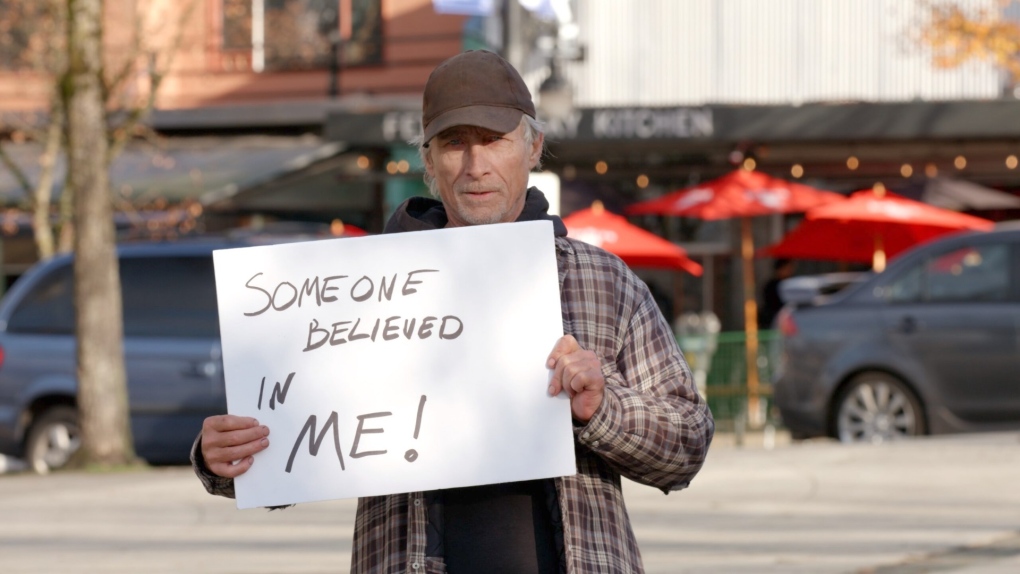Zhao says having data on how people who did get the money actually spent it is something she thinks will help counteract stereotypes, increase empathy and potentially get skeptics and the public on board with the idea of providing cash transfers.
Now that the study is complete, the plan is to replicate it and expand it to other cities in Canada and the U.S.



Mate…
If we can show that early intervention prevents things from getting so bad we can’t fix them…
That’s still a good thing.
What you’re saying is like “we can’t help people society failed a decade ago, so why help people society just started failing?”
Stopping an issue from getting worse is better than ignoring it
I think the study seemed to want to change the stereotype so I think the parent comment has a point. I would be interesting to see what percentage of people make up those excluded groups. The study mentions it is low but don’t provide numbers. Also, the opposition to current social service argue that the recipients should get drug tested and have jobs to receive them so this seems to support that argument. It would be interesting to hear what Zhao used to exclude people from the study and what could be done to help the outliers.
“People in general don’t trust those in homelessness. We think that when we give homeless people money they’re going to squander it on drugs and alcohol. That’s a deeply ingrained distrust and I think it’s unfair and it’s not true,” Zhao told CTV News
just to clarify, the study provides numbers, it’s just the article that does not
45% of participants were excluded for a score >= 6 on the DAST-10 drug abuse screening test, 13% were excluded for score >= 20 on the AUDIT alcohol use disorders identification test, and 26% were excluded for psychiatric symptoms according to the colorado symptom index
in total 229 of 732 participants passed all screening criteria (additional criteria: age 19 to 65, homeless for less than 2 years, canadian citizen or permanent dresident)
Thanks for the info! 500 being excluded out of 732 doesn’t sound like a small amount. It appears to almost prove the stereotype.
No, if we ignore it, surely it will just go away!
Just make homelessness illegal guys, c’mon, so simple
Put spikes on everything for good measure! If they can’t sleep they’ll be forced to like, stop being homeless or something.